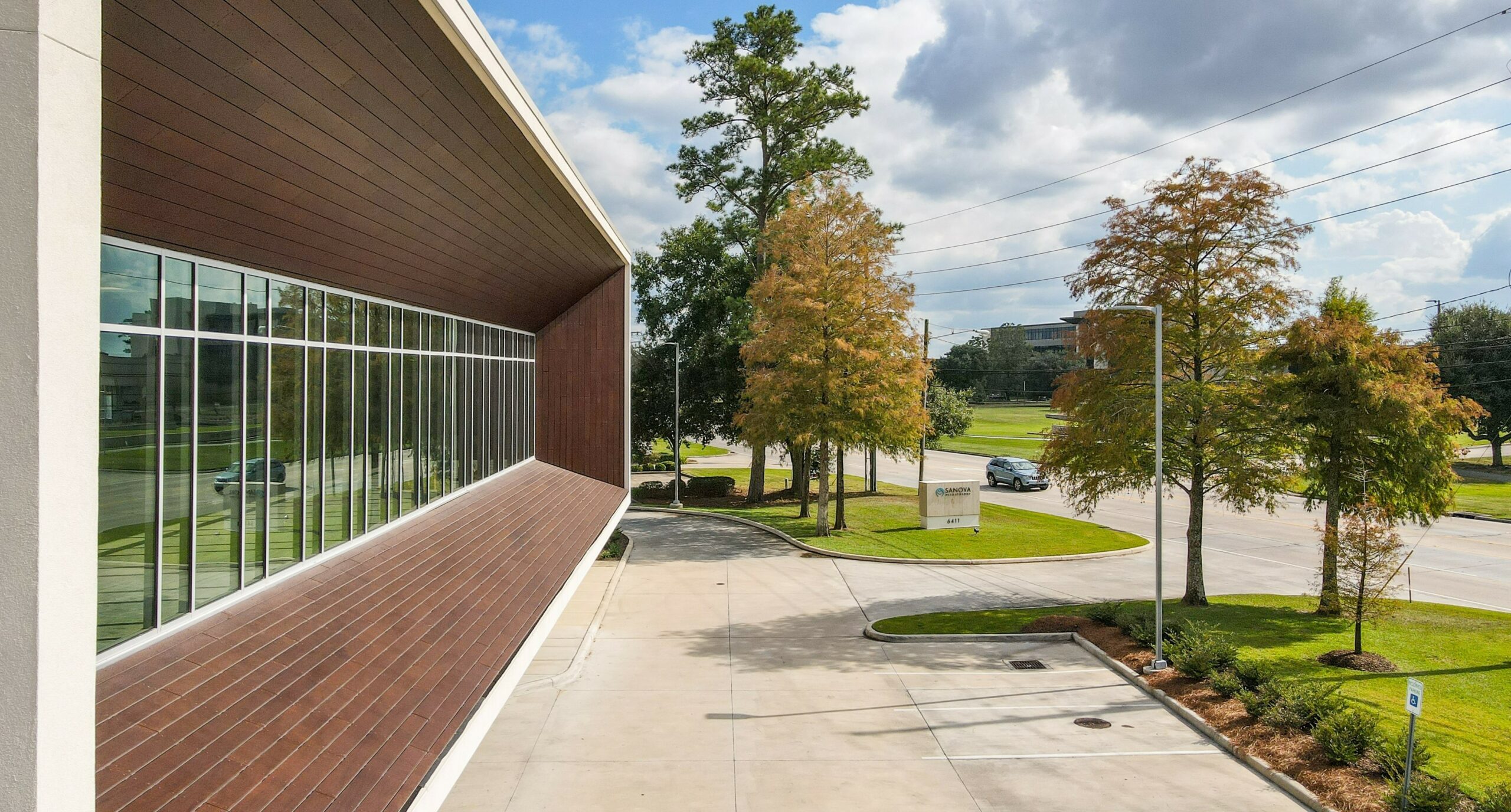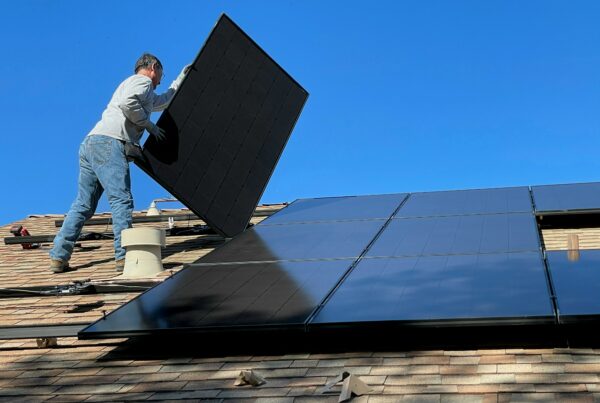The Importance of Insurance to Value for Commercial Property Coverage
Ensuring accurate property valuations is crucial for businesses when purchasing or renewing their commercial property insurance. This can make a significant difference in providing adequate protection and avoiding coinsurance penalties in the event of covered property losses. Accurate insurance-to-value (ITV) calculations play a crucial role in this regard. Essentially, ITV provides an estimate of the total cost to replace or restore insured property.
Unfortunately, many businesses may end up with incorrect ITV calculations due to various reasons. This may be due to ineffective property valuation methods, intentionally underestimating costs to secure reduced premiums, or factors beyond their control such as inflation. In fact, industry data suggests that about 75% of commercial properties are underinsured by 40% or more.
Given these statistics, it’s clear that businesses must take property valuations seriously. This article provides more information on ITV, highlights key factors to consider when determining a property’s value, explains the dangers of undervaluation, and offers best practices for improving property valuation methods.
ITV Explained
ITV, or Insurance-to-Value, is a calculation that aims to achieve a balanced ratio between the amount of insurance a business obtains and the estimated value of its commercial property. This ensures adequate protection in the event of property losses. However, it’s essential to note that a property can have different assigned values, such as market value, assessed value, and replacement value. The market value is an estimate of the property’s current selling price in the real estate market, considering factors like lot size, building condition, and location desirability. The assessed value is an estimate generated by the local government to determine property taxes. Finally, the replacement value is an estimate of the current cost to replace or rebuild a property, considering expenses like material and labor costs, architect services, debris removal, and building permits.
To conduct accurate ITV calculations, insurance experts typically advise using the replacement value of a property. This can be estimated through methods such as obtaining a property appraisal from a third-party firm, utilizing fixed-asset records that have been adjusted for inflation, or using a basic benchmarking tool like dollars per square foot. While appraisals may require more time and resources, they are often considered the most comprehensive and precise approach.
In addition to replacement value, there are several other factors that businesses should take into consideration when determining property valuations. These include direct and indirect expenses, such as consulting fees and engineering services, as well as the age of the property. Older structures may require additional construction costs to upgrade outdated materials and equipment and may need to be modified to comply with modern building codes, which can further increase costs. The accessibility of the property, such as its location or proximity to neighboring structures, should also be factored into valuations, as bracing and safety measures may be necessary during the rebuilding process. Finally, any unique features of the property, such as custom elements that require specialized construction work, should also be incorporated into valuations.
Consequences of Property Undervaluation
Undervaluing properties can have serious consequences for businesses. Inaccurate calculations of insured property value can lead to insufficient coverage, leaving businesses to pay out-of-pocket expenses for rebuilding. This can result in major financial setbacks and even bankruptcy in some cases. In addition, undervalued properties can trigger coinsurance penalties in commercial property insurance policies that have clauses requiring policyholders to carry accurate and reasonable coverage. The penalty, which is a reduced payout, limits the amount that can be recovered after a loss. The payout is calculated by dividing the amount of insurance carried by the amount required and multiplying it by the loss cost. For instance, if an insured property is valued at $1 million but has a coverage limit of $700,000 and an 80% coinsurance clause, the insured would only receive a $43,750 payout after incurring $50,000 in property damage from a covered event, depending on when the deductible is applied.
Ways to Improve Property Valuations
Consider these recommended practices to enhance the accuracy of your property valuation calculations:
- Choose a reputable appraiser. Third-party appraisals conducted by experienced and impartial professionals are highly regarded by insurers. Thus, it is crucial to engage a trustworthy and reliable appraiser who follows the Uniform Standards of Professional Appraisal Practice and the Code of Professional Ethics and Standards of Professional Practice from the Appraisal Institute.
- Access additional resources. Along with an appraisal, there are industry resources, reference guides, and validated tools available to ensure accurate property valuations. The Marshall & Swift Valuation Service Cost Manual is a widely accepted tool among insurers that includes over 30,000 component costs across 300 building occupancies.
- Consult with various parties. Valuing a property should involve a collaborative effort. When making valuation decisions, gather a range of property data from several qualified parties, such as accountants, contractors, real estate experts, risk managers, insurance professionals, and chief financial officers.
- Make necessary updates. The value of a property is continually changing. Therefore, it’s vital to update property valuations on a regular basis, such as conducting appraisals every three to five years. However, property valuations may need to occur more frequently based on factors such as changing property exposures, altered operations, building upgrades or modifications, the implementation of new technology or equipment on-site, shifting market conditions, and property construction trends (e.g., inflated labor and material costs). Working closely with trusted insurance professionals when updating property valuations can help maintain adequate coverage and avoid coinsurance penalties.
Conclusion
In summary, it is evident that accurate property valuations play a vital role in obtaining sufficient commercial property insurance coverage. By comprehending the process of conducting precise ITV calculations, companies can ensure protection in the event of covered incidents and prevent potential coinsurance fines. Please reach out to us for further insurance advice and solutions.





